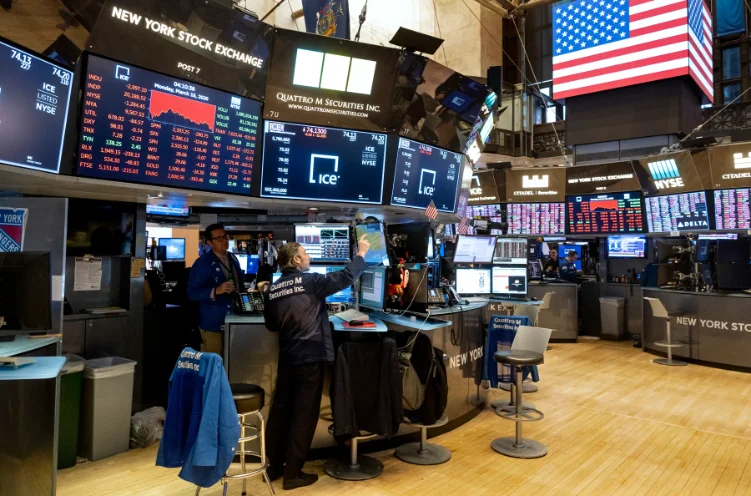“On Wednesday, the S&P 500 and Nasdaq managed to make slight gains after a previous day’s sell-off. The latest economic report revealed that U.S. private payrolls grew less than anticipated in September. The Dow, on the other hand, experienced a minor decline.
Among the sectors, consumer discretionary led the way on the S&P 500. The ADP National Employment Report played a role in reducing the surge in long-term U.S. Treasury yields, which had recently reached a 16-year high. However, concerns about increasing interest rates and the possibility of the Federal Reserve maintaining higher rates for an extended period continued to be on the minds of stock investors.”
“Some other reports indicated that in August, there was a larger-than-anticipated rise in new orders for goods manufactured in the United States. The most significant economic news of the week is expected to be Friday’s job report for September.
Oliver Pursche, who serves as a senior vice president and advisor for Wealthspire Advisors in Westport, Connecticut, remarked, ‘In September, we witnessed a change in the views of both strategists and investors. It appears that the realization has finally set in that interest rates will stay elevated for an extended period, and the notion of the Federal Reserve cutting rates anytime soon is simply not realistic.'”
“The Dow Jones Industrial Average dropped 40.16 points, or 0.12%, closing at 32,962.22, while the S&P 500 gained 9.19 points, or 0.22%, reaching 4,238.64. The Nasdaq Composite performed well, adding 96.60 points, or 0.74%, and ending at 13,156.07.
“In light of recent declines, many investors are closely monitoring the S&P 500’s 4,200 level as the next potential support level. From a technical perspective, we might be in a slightly oversold territory,” noted Pursche.”
“Some major companies, like Amazon.com, saw gains today. However, Ford Motor faced a decline, with its stock dropping by 1.3%, despite reporting an almost 8% increase in U.S. auto sales for the third quarter.
On the New York Stock Exchange (NYSE), there were slightly more declining stocks than advancing ones, with a ratio of 1.05 to 1. The Nasdaq also had more decliners, with a ratio of 1.02 to 1.
In terms of market performance, the S&P 500 had one stock reaching a new 52-week high and 40 stocks hitting new lows. On the Nasdaq Composite, there were 13 new highs and 362 new lows.”





